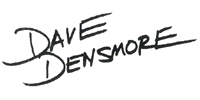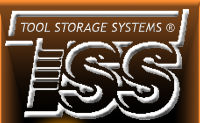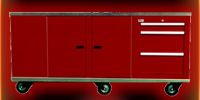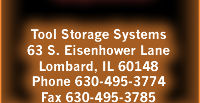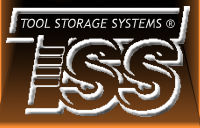| | | |||||||||||||||||||||||||||||||||||||||
| | | |||||||||||||||||||||||||||||||||||||||
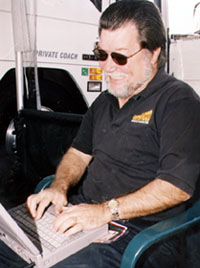 NHRA's selection of ESPN Regional Television as the production company for its 2001 television package caught a great many drag racing insiders by surprise. Conventional wisdom suggested that the production company headed by John B. Mullin, whose drag racing roots date to the 1970s when he operated as the right hand of Diamond P Sports founder Harvey Palash, had the inside track. Certainly Mullin had the necessary pedigree. Recruited by Palash out of the Columbus, Ohio, market where he was a Sports Producer at WBNS-TV, his passion for straight line racing was responsible for the sport's first inroads in commercial television. Under his guidance, drag racing developed a niche audience in the 1970s and early '80s when Diamond P produced packaged shows syndicated nationally on a delayed basis, sometimes greatly delayed. But that was then. Since those heady days when the NHRA was running on the same fast track as NASCAR and CART, the television landscape has changed dramatically. First off, Diamond P, which under Palash's direction operated as little more than an NHRA subsidiary, was sold and its base of operations moved from California to Florida. Moreover, when the new owners came in, Mullin was eased out, as were many of those who had contributed to drag racing coverage that once was considered cutting edge. Fast forward eight years. Like a conquering hero, Mullin returned this year to produce TV coverage for ESPN2 while Diamond P was shuffled off to the background, relegated to production work on "NHRA Heat," the Thursday night preview show. When it came time to name a production company for "the best TV package in drag racing history," the NHRA narrowed the list of contenders to four companies and Diamond P, which for years had been synonymous with televised drag racing, wasn't among them. That made Mullin's production company the favorite, especially after NHRA announced that his was one of the two finalists for the job. The racers, it was agreed, had a certain "comfort level" with Mullin. They were familiar with what he wanted to do and how he wanted to do it. His was and is an uncomplicated "cookie cutter" format. However, in this particular instance, the High Sheriffs should be commended for opting out of the status quo. ERT represents change and change rarely is embraced with great enthusiasm. If the sport is to accelerate out of its present state of complacency, business as usual is the last thing we need. Apparently, Tom Compton and Co. agreed. Mullin's years of work within the sport notwithstanding, ERT was the best choice for several reasons. One, it has no preconceptions about how drag racing should - or should not - be covered. It's starting with a clean sheet of paper. Two, with staff members and crew who for the past several years worked the Winston Cup circuit, it has industry-wide credibility. Three, if inclusion in ESPN's award-winning Sports Center is primary criteria for big-time status, who better to deliver than a member of the family? As to the issue of continuity, it's grossly overrated. Hiring a production company just because it has experience is like hiring a major league baseball manager for the same reason. If we were vintners, it might be different. But we aren't. Bottom line, with Winston Cup fleeing to FOX, WTBS and NBC, ESPN is in need of a marquee motorsport property. If we aspire to be that property, it makes sense to align ourselves as closely to the network as possible - from production to promotion to programming. From that standpoint, assigning ERT the task of packaging the sport for the future really was a no-brainer. Nevertheless, the High Sheriffs showed a lot of backbone in taking a chance on a company new to the sport, especially since such decisions haven't worked out very well elsewhere (i.e., in corporate advertising, where Integer Dallas quietly was dismissed after only six months on the job). Of course, the NHRA has set itself up for a vitriolic broadside should ERT's production fail to impress. However, what all the critics-in-waiting should remember is that we didn't perfect tepid TV in a single season. We're not likely to cure it in one season, either.
Dave Densmore, a paid columnist for DRO, also works for John Force. Photo by Jeff Burk
|
| |||||||||||||||||||||||||||||||||||||||
| Copyright 1999-2001, Drag Racing Online and Racing Net Source | ||||||||||||||||||||||||||||||||||||||||


